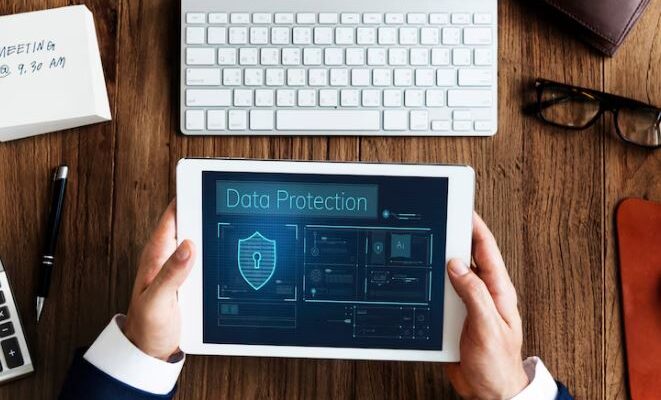Introduction
In today’s digital landscape, cybersecurity stands as a cornerstone of our interconnected world. As our reliance on technology grows, so does the imperative to safeguard our digital assets from a spectrum of cyber threats. Cybersecurity encompasses a suite of practices, technologies, and processes designed to fortify computers, networks, and data against unauthorized access, cyber attacks, and breaches.

Defining Cybersecurity
Cybersecurity entails a range of measures aimed at ensuring the confidentiality, integrity, and availability of digital information. It encompasses strategies for identifying, assessing, mitigating risks, and swiftly responding to security incidents to minimize impact.
Relevance and Importance
The significance of cybersecurity cannot be overstated in an era marked by ubiquitous digital connectivity. Individuals, businesses, and governments alike are susceptible to cyber threats ranging from financial fraud and identity theft to espionage and disruption of critical infrastructure. Investing in robust cybersecurity measures is essential to safeguard sensitive information, uphold trust, and maintain the integrity of digital systems.
Types and Categories
Types of Cyber Threats
- Malware: Malicious software designed to infiltrate, disrupt, or gain unauthorized access to computer systems.
- Phishing: Deceptive attempts to acquire sensitive information by posing as trustworthy entities.
- Ransomware: Malware that encrypts files or locks users out of systems until a ransom is paid.
- Denial-of-Service (DoS) Attacks: Overwhelming a network with traffic to disrupt normal operations.
- Insider Threats: Misuse of access privileges by individuals within an organization.
- Advanced Persistent Threats (APTs): Sustained, sophisticated attacks by skilled adversaries.
- Social Engineering: Manipulative techniques to deceive individuals into divulging confidential information.
Categories of Cybersecurity Measures
- Network Security: Protecting networks from unauthorized access, misuse, and modification.
- Endpoint Security: Securing individual devices against malware and unauthorized access.
- Application Security: Safeguarding software applications from vulnerabilities and exploits.
- Data Security: Ensuring the protection of sensitive information from unauthorized access or alteration.
- Cloud Security: Security controls for data, applications, and infrastructure hosted in cloud environments.
- Identity and Access Management (IAM): Managing user identities and permissions to control access.
- Security Awareness Training: Educating users on cybersecurity risks and best practices.
Symptoms and Signs
Recognizing signs of cyber attacks include:
- Slow performance: Unexplained delays in accessing resources.
- Unauthorized access: Suspicious logins or activity.
- Pop-up messages: Unexpected alerts or notifications.
- System settings changes: Alterations without user intervention.
- Data loss: Unexplained disappearance of files or data.
Causes and Risk Factors
Contributing factors to cyber threats include weak passwords, unpatched software, lack of security awareness, poorly configured systems, insider threats, vulnerabilities in third-party services, and inadequate encryption.
Diagnosis and Tests
Tools and techniques for assessing cybersecurity include vulnerability scanners, penetration testing, SIEM systems, IDS, threat intelligence platforms, forensic analysis tools, and compliance audits.
Treatment Options
Mitigating cyber risks involves regular updates, strong authentication, data encryption, employee training, access controls, incident response planning, backup strategies, preventive measures, comprehensive security solutions, security assessments, staying informed about threats, incident response planning, collaboration, and promoting a culture of security awareness.
Personal Stories or Case Studies
Real-life impacts of cyber attacks include scenarios like Linda’s experience with ransomware, John’s encounter with phishing, and Sarah’s efforts to enhance cybersecurity at her company.
Expert Insights
Advice from cybersecurity professionals emphasizes vigilance, education, and proactive defense against cyber threats.
Conclusion
In conclusion, cybersecurity remains an ongoing journey in our digital age. By adopting a layered approach to cybersecurity, leveraging appropriate tools, and fostering a culture of awareness, individuals, businesses, and organizations can effectively defend against evolving cyber threats. Remember, cybersecurity is a shared responsibility, and collective efforts can create a safer digital environment for all.

